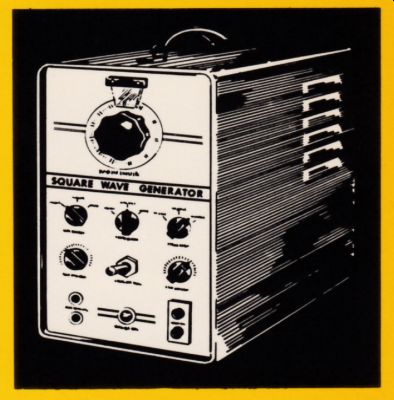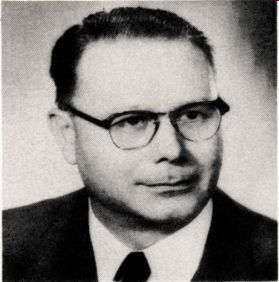Contents
-
SYSTEM CHECKS

INTRODUCTION
Readers of the preceding volumes in this series have reque5ted additional information about audio-amplifier testing. The number of inquiries indicates a definite need for a how-to-do-it book in this field.
Some of the test instruments used in radio and television test work are also essential in audio test work. Such instruments as the YOM, VTVM, oscilloscope, and square-wave generator are basic to both fields. On the other hand, harmonic-distortion meters, intermodulation-distortion analyzers, audio wattmeters, audio VTVM's, and tone-burst generators (or their equivalent) are also widely used in audio test work.
Still other instruments, such as wow and flutter meters, are very useful in audio test work, although they may be too expensive for the average shop. Fortunately, much of the information afforded by the more costly instruments can be obtained with the more basic instruments, plus a bit of ingenuity. This guide endeavors to show you how you can get the maximum results from the instruments you are likely to have at hand.
Audio sweep generators, like wow and flutter meters, are rather expensive. However, a gliding-tone frequency test record or tape can be made to do much of the work expected of an audio sweep generator. Also, since high-fidelity amplifiers are often driven from AM tuners, we find use for AM signal generators in audio work.
Like the companion volumes, this is not a theory guide nor a textbook. It is a practical working handbook for the professional audio technician, engineer, and serious audiophile. You will find each application categorized and cross-referenced for quick location.
Necessary practical information, precautions, and required equipment and connections, are given for each test. Where questions might arise in evaluation of results, typical data are included to guide the user to correct conclusions.
It is obviously impossible to cover all the applications for audio test equipment in this volume. However, much additional information will be found in companion volumes of this series. For ex
ample, you will find discussions of square-wave interpretations in 101 Ways to Use Your Oscilloscope; additional discussions of decibel measurements and techniques are given in 101 Ways to Use Your YOM and VTVM; and alignment procedures for AM tuners are discussed at length in 101 Ways to Use Your Signal Generator.
PREFACE
Most of my friends in electronics today are interested in audio. Some are "fanatics," just as I was a wireless fanatic way back when. Their enthusiasm is infectious.
Modern audio test instruments, such as harmonic-distortion meters and intermodulation analyzers look complicated and difficult to use. Actually, most audio test equipment is easier to operate than a scope.
This guide answers the basic questions most often asked about audio instruments. However, it does not cover such generalized equipment as volt-ohm-milli-ammeters and vacuum tube voltmeters. Readers who wish this background information are referred to the other books in this series.
As you leaf through these pages, you will see that this is a completely practical handbook. It gets right down to brass tacks and shows how to do the job. Audio theory is not discussed. You will find, as you learn how to make audio tests, that you automatically acquire a lot of valuable theory without realizing it.
If the readers of this guide are as enthusiastic as those who have read the manuscript and have discussed what they would like to see in the guide, I will feel that my efforts have been well worthwhile.
Good luck!
ABOUT THE AUTHOR

BOB MIDDLETON was born in Watsonville, Calif., in 1908. He spent his early years on a farm in the Bay region. Becoming interested in wireless in 1919, he operated a 'boot leg' spark transmitter until he was old enough to become a licensed operator. In 1921, he held the state record for long- distance reception on a cots whisker detector. Bob operated his own radio service business for a number of years and later entered design engineering. In 1948, he moved into field engineering and technical lecturing. He has become well known also for his writing on service problems and instrumentation. Bob is a senior member in the I. R. E and his biography appears in Who's Who in the Midwest. He has written four previous companion volumes -- 101 Ways to Use Your Sweep Generator, 101 Ways to Use Your Oscilloscope, 101 Ways to Use Your VOM and VTVM, and 101 Ways to Use Your Signal Generator.
NOTE: This guide is adapted from SAMs book, 101 ways to use your AUDIO TEST EQUIPMENT (1963)
Also see: How to Troubleshoot and Repair Electronic Circuits